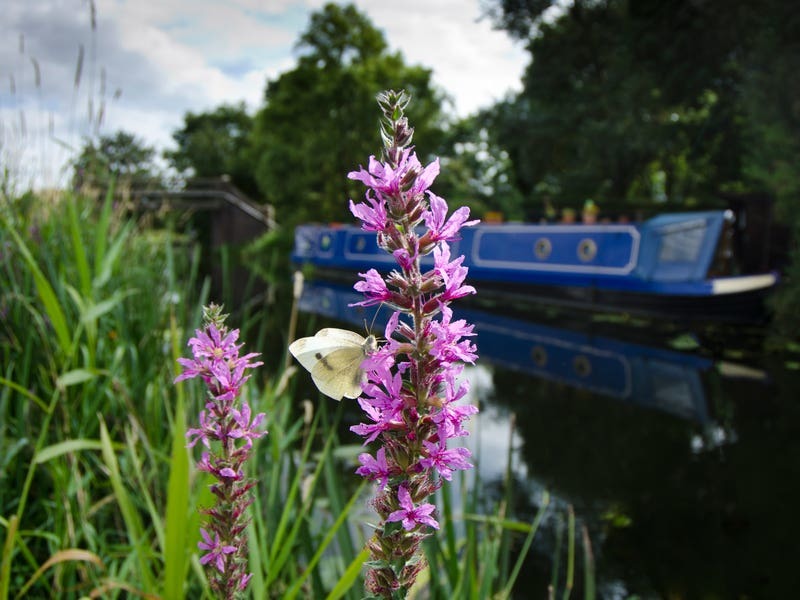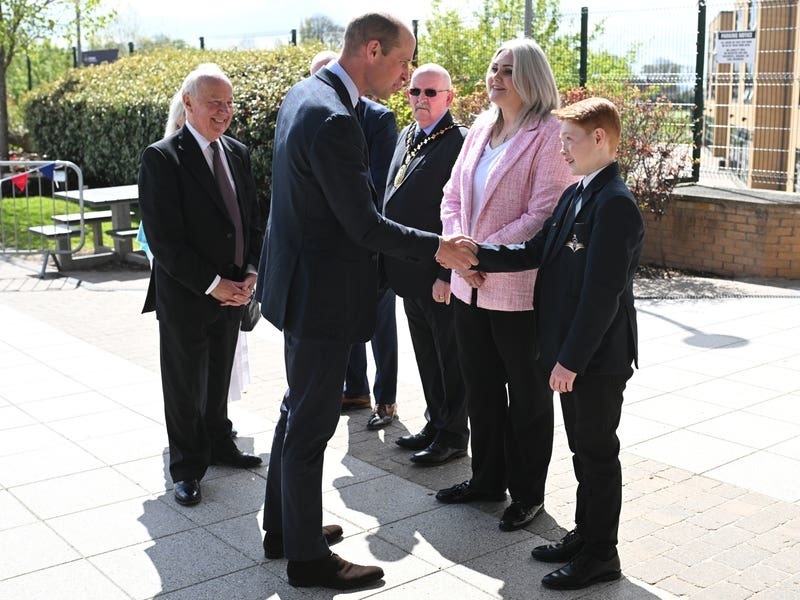A charity which manages 2,000 miles of waterways in England and Wales is to trial changes to how it mows the grass along towpaths to boost wildlife.
The Canal and River Trust said it is looking at changing how it manages the vegetation running alongside waterways after people responded positively to the reductions in mowing it had to make last year as a result of the pandemic.
It is hoped the trial, which will alter the mowing regime across 375 miles of towpaths – almost a fifth of the trust’s network – will show benefits for wildlife habitat and provide cost savings for the charity.

One “hedge to water’s edge” cut in the winter stops shrubs growing up on the path.
But the trial starting in April will test four options, with less mowing for different areas of canal in different parts of the country, which could then be selected by local teams to implement where appropriate.
The changes aim to improve the waterways’ role as habitat corridors, at the same time as ensuring safety for boaters and enabling people to access the green spaces and see more nature around them.
It is hoped reducing mowing will boost wildflowers and provide a greater variety of plants that will support more insects, birds, mammals and reptiles.

The trust said safety remained paramount, and it would formalise the requirements for grass cutting at moorings, locks and sightlines on bends.
The charity also hopes that cutting back on mowing will save money.
Peter Birch, national environmental policy adviser at the Canal and River Trust, said: “For us, vegetation management is all about trying to get the right balance, improving the natural environment on the waterways which is part of the reason people visit these spaces, and make sure they are safe and easily accessible for everybody.”
He said that along the towpaths, “you can’t rewild something that is fundamentally an artificial construct”, and management was needed to strike the balance between nature and people.
But while the charity had felt that it had the right balance on its towpaths, the pandemic lockdown last spring forced it to stop grass cutting, and when it restarted it took place on a reduced basis.

“We received a lot of feedback last year saying they’d noticed and appreciated the difference because we were cutting less and asking us to make a permanent change.”
The change forced by the pandemic now provides an opportunity to test out a more relaxed cutting regime, with the options trialled “outside of the extraordinary conditions” of last year to see if they would still be acceptable to people using the waterways, he said.

“This trial is an exciting opportunity to see if we can further improve the habitat for the species that make them home and reimagine the arteries of the Industrial Revolution as the nation’s wildlife superhighways,” Mr Birch added.
The scheme’s success will be reviewed by the end of September, and any alterations will be undertaken over the winter before full implementation of the new mowing approach in 2022.






